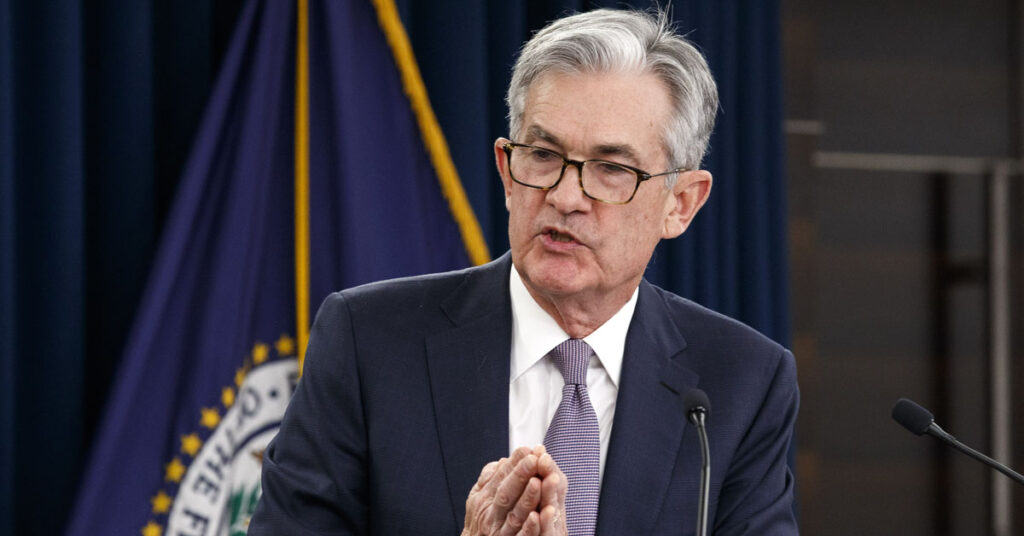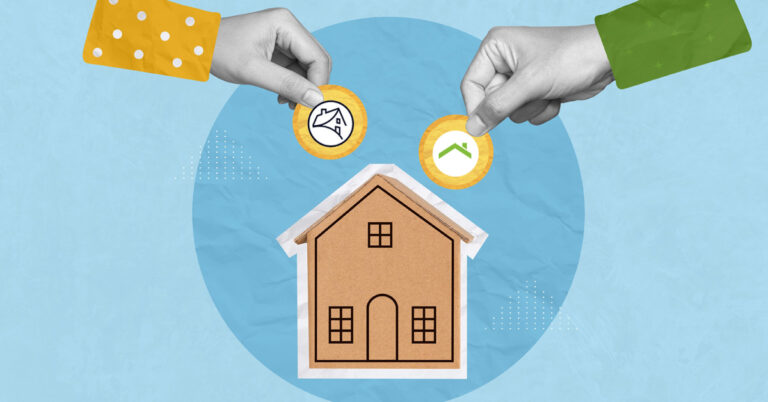In a move that was widely expected but dramatic nonetheless, the Federal Reserve again raised the federal funds rate by another 0.75% — a sixth straight rate hike and a fourth consecutive increase of three-quarters of a percentage point.
It’s the latest aggressive move by the Fed in its protracted battle to rein in the most stubbornly rampant inflation in 40 years. The federal funds rate, which serves as a benchmark for many other interest rates (including mortgage rates), was hovering near zero this past spring, but it is now targeted between 3.75% and 4%, its highest level since early 2008.
The Fed announced the hike after a two-day meeting of its Federal Open Market Committee (FOMC), a subgroup of the central bank that sets national monetary policy. The goal of the Fed’s hawkish tightening of late has been to bring prices down by curbing demand — hence its post-meeting statement predicting that “ongoing increases in the target range will be appropriate in order to attain a stance of monetary policy that is sufficiently restrictive to return inflation to 2% over time.”
The particularly rate-sensitive real estate market is certainly responding, experts noted, as rate hikes have stomped the brakes on what had been a torrid housing environment. Other sectors have yet to feel impacts of the same magnitude.
“In other corners of the economy, especially the labor market, the Fed is not yet seeing the same swift pullback in demand. … Household spending has started to show signs of weakness but remains strong, despite price increases on essentials like food,” said Odeta Kushi, deputy chief economist at First American Financial Corp. “Real personal spending grew faster than personal income in September, indicating that households are drawing down savings to finance spending.”
“With mortgage interest rates already soaring over 7% – more than double what they were earlier in the year – home sales have already slowed to a crawl,” said Marty Green, principal with mortgage law firm Polunsky Beitel Green. “The swift jump in interest rates have dampened the willingness or ability of potential homebuyers to enter the market, and potential home sellers who are locked into super low rates are not willing to reduce sales prices materially enough to motivate buyers.
“The housing recession is here. The big question now is how quickly it spreads to the rest of the economy.”
In the meantime, potential borrowers will continue to look for affordability via alternatives to 30-year fixed rate purchase loans and refinances, said Michele Raneri, vice president of U.S. research and consulting for TransUnion.
“In the mortgage market, consumers who may otherwise be considering buying a home may choose to continue to hold onto their downpayments, waiting to see if interest rates and/or home prices decline in the not-too-distant future,” Raneri said. “For those consumers who do purchase a home, adjustable-rate mortgages may continue to be more popular among consumers seeking lower monthly payments in the short term. And consumers looking to tap into available home equity may continue to look toward HELOCs (home equity lines of credit) and HELOANs (home equity loans) instead of refis.”
Kushi noted that many Americans’ spending is buttressed by real estate, which works against the Fed’s goal of restricting consumer activity.
“High inflation and rising rates hurt household budgets, but 66% of households have an inflation hedge – housing. Many owners locked in low rates on 30-year fixed mortgages. Combined with a strong labor market, consumers are feeling confident enough to continue spending.”
In a press conference after the FOMC meeting, Fed chair Jerome Powell indicated that there wasn’t yet enough evidence to telegraph a pause in the Fed’s proactive moves anytime soon, although a slowdown could be in the cards depending on how the economy at large responds. According to Powell, it appears that the path to the Fed’s targeted “soft landing” may be dissipating.
“We’ve always said it was going to be difficult, but to the extent rates have to go higher and stay higher for longer, it becomes harder to see the path,” he said. “It’s narrowed. I would say the path has narrowed over the course of the last year.”
That’s not the best news for a reeling housing market, with the central bank likely on the lookout for more sustained signs of a thaw in the labor and consumer markets before it slows the pace of further rate increases.
“The question is, when will the Fed pivot and indicate a pause, or at least significantly reduce its pace of increases?” Green asked. “For the residential real estate sector, the answer is not soon enough.”






